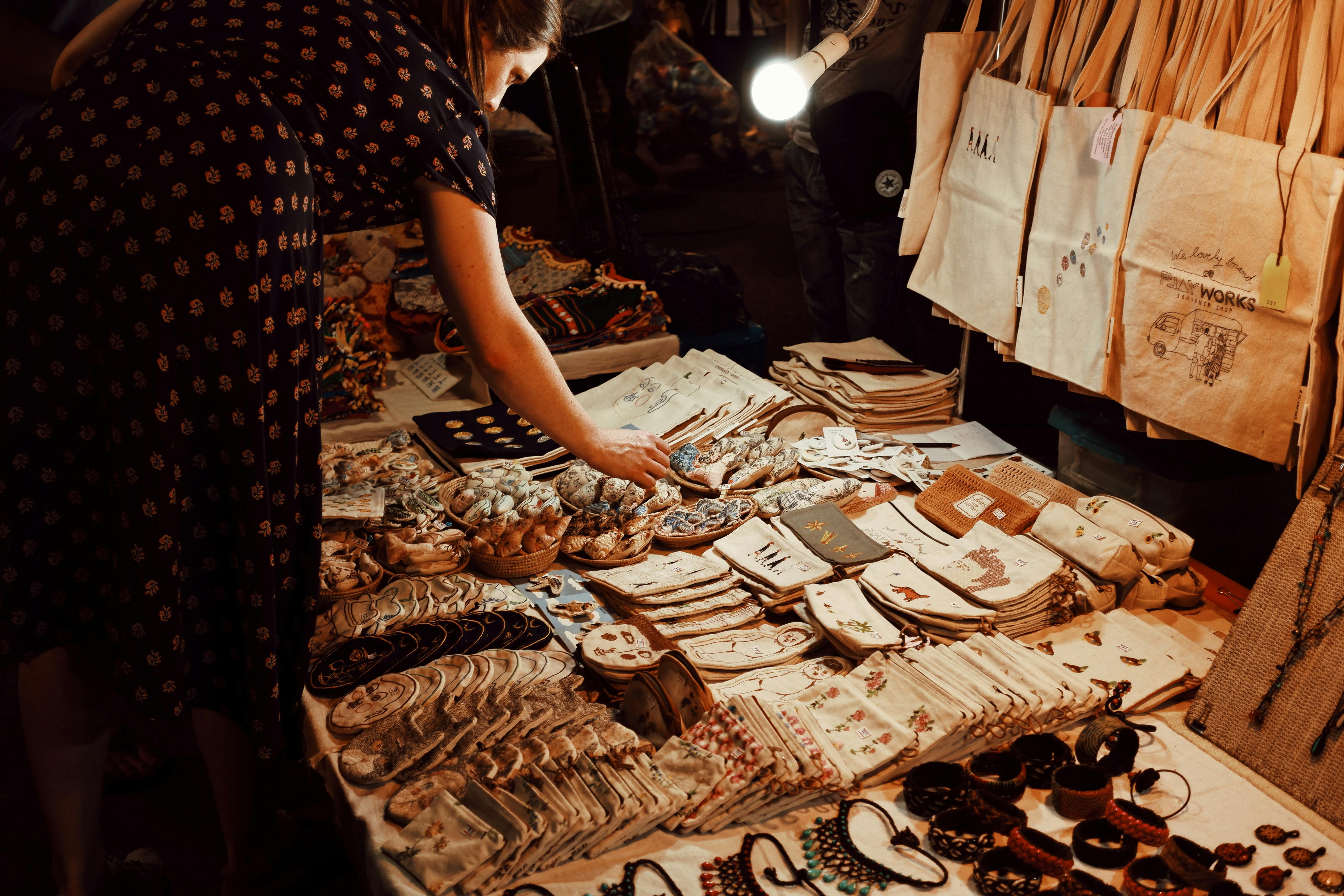Children learn about the world through toys. Different toys serve different educational and developmental purposes, and understanding this variety and your child’s needs will help you select the most appropriate toys for your child.
Here are some important children’s needs that can be met with the right type of toys:
o Creative Development: Lewis Carroll’s Alice captured the essence of childhood with her enthusiastic phrase: “Let’s pretend …” See how many things your child can do with an empty cardboard box. Other examples: clay, paint, dolls, crayons, modeling clay.
o Intellectual development: By simply pulling a simple car, your child is learning about the relationship between force and speed. Other examples are books, miniature ovens, bicycles, and science kits.
o Physical development: through toys and games, children develop their strength, motor skills, hand-eye coordination, and muscle control. Toys for this are balls, bikes, blocks, shovels, and all outdoor games.
o Sensory development: children learn about textures, smells, colors and sounds through toys. Toys for this are musical instruments, clay, blocks, puzzles.
o Social development: Through toys, children learn about others and about friendship. They learn how to get along with others and the mechanics of personal relationships. What happens when your child builds a sand castle together with a friend? What happens when your child refuses to share a toy? Board games, dolls, and puzzles are some toys that can help your child’s social development.
o Personality development: games and toys promote confidence and self-esteem in children and help them learn about themselves through their likes and dislikes. Solving a puzzle, building a house with blocks, riding a bike – all of these exercises help your child feel a sense of accomplishment and self-worth.
The best toys for your child are those that provide an enriching learning experience in a fun way and are helpful in developing your child’s basic skills. It is important that you think deeply before purchasing a toy for your child and evaluate what learning experience your child will have while playing with that toy.
Using toys
Over time, your child will learn to take responsibility for his choices, actions, and belongings. The following are some guidelines that you can help your child to be responsible with without compromising their safety:
o Talk to your child about proper care and storage of toys. Arrange a storage space and do not allow toys to sit on the floor or outside the house.
o If there is more than one child, separate their toys to ensure that younger children do not play with toys appropriate for older children. Explain this and the safety hazards associated with older children.
o Get involved in your child’s play and set good examples of safe play. After playtime, teach them how to store toys safely and allow your child to take responsibility for the toys slowly.
o Teach your child to recognize dangerous toys and safety hazards. Check their toys (especially electric ones) regularly for damage, and encourage them to tell you if a toy breaks or seems unsafe.
Appropriate and permitted toys for children
In this chapter, we will discuss the abilities and needs of children of different ages and accordingly choose safe and appropriate toys for each age group.
or 3 to 4 years
During this time, children use their imaginations to imitate adult activity and are actively involved in physical games. Your knowledge of the dangers to safety and self-defense also increases.
Appropriate toys: puppets, farm and community games such as tea sets, climbing frames, miniature ovens, toy telephones, simple board games, tricycles, boxes, dolls and stuffed animals, water toys, puzzles, balls, instruments simple musicals, etc.
or 4 to 6 years
At this age, children learn about social skills and cooperation by participating in preschool group games. Their physical coordination develops, and at this time the foundation for printing and writing is also laid.
Suitable toys: transport vehicles of all kinds such as
bicycles with helmets and training wheels toys, delivery boxes, sleds, creative supplies, painting supplies, books and records, stencils, puzzles, balls, action figures, costume clothes, cleaning accessories,
doll houses, character toys, simple building toys, etc.
or 6 to 9 years
Children learn about getting along with others and about the adult world of sports, games, and racing. In this stage, children develop their intellectual and social interests and make strong friendships, likes and dislikes.
Appropriate toys: board games, marbles, cats, puppets, doll equipment and accessories, craft kits, construction toys, complex puzzles, jump ropes, art supplies of all kinds, roller skates and ice, etc.
or 9 to 12 years
Tweens become active in team play and learn to handle detailed projects in the arts and science. They learn to prioritize their interests and to spend more time selecting hobbies. They also start operating video games and computers.
Appropriate Toys: Roller Skates, Skateboards, Science Kits, Kids Crafts, Tested and Approved Electric Toys, Electric Trains (UL Approved), Construction Sets, Science Kits, Craft Kits, Costumes, Larger Bike Accessory Boxes , puppets, fashion and professional dolls, dolls. house and furniture, musical instruments, books of specific interest, workbench with real tools, etc.
It is important to remember that children are different and have individual characteristics and interests. Only you can learn about your child’s specific interests and abilities at different stages of their development by monitoring and participating in their play.



